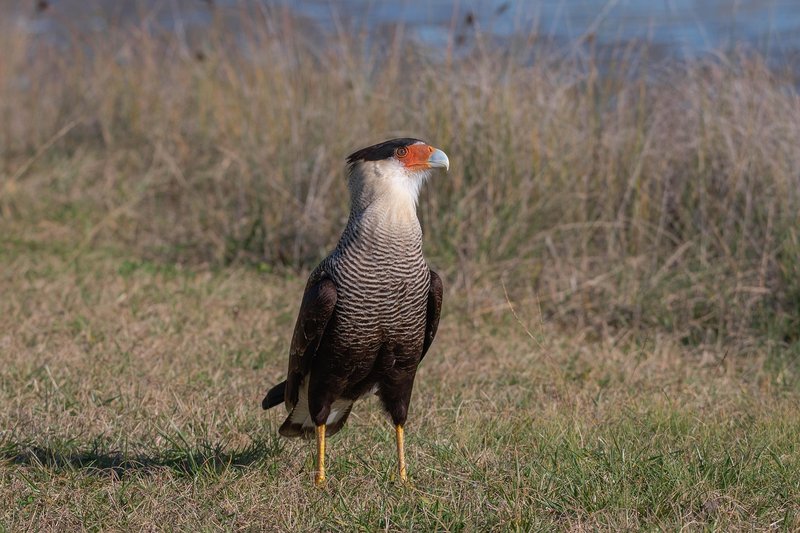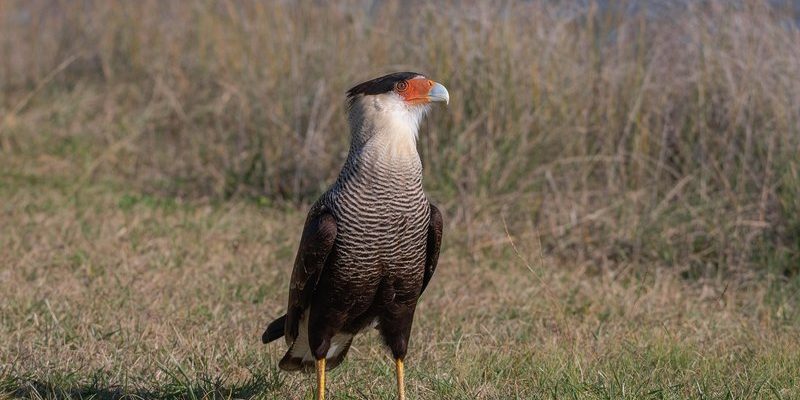
Let’s dive into how to identify a hawk in the wild. Whether you’re hiking through a forest, strolling in a park, or just sitting in your backyard, knowing what to look for will enhance your birdwatching experience. Hawks come in various shapes and sizes, each with its own distinct personality. Once you learn the basics, spotting these incredible birds becomes an exciting challenge!
What Are Hawks?
Before we get into the nitty-gritty of identification, it’s helpful to understand what hawks actually are. Hawks are birds of prey, which means they hunt for food like small mammals, birds, and reptiles. They belong to the family Accipitridae, which also includes eagles and kites. You might think of hawks as nature’s skilled hunters, equipped with sharp talons and keen eyesight.
There are many different types of hawks, but the most common ones you’ll encounter are red-tailed hawks, Cooper’s hawks, and sharp-shinned hawks. Each species has its distinct features. For instance, red-tailed hawks are often recognized by their characteristic red tail feathers, while Cooper’s hawks are smaller and have a more streamlined shape. Knowing these basics gives you a solid foundation for identification.
Key Physical Traits to Look For
When trying to identify a hawk, start by observing their physical traits. Here are some features that can help you distinguish them:
- Size: Hawks vary in size, but they typically range from about 15 to 25 inches in length. A red-tailed hawk is among the larger species, while a sharp-shinned hawk is much smaller, comparable to a pigeon.
- Wing Shape: Pay attention to the shape of their wings in flight. Hawks generally have broad, rounded wings that help them soar effortlessly. Cooper’s hawks, for instance, have more pointed wings that allow for quick maneuvers.
- Color Patterns: Many hawks have unique color patterns. The red-tailed hawk, for example, has a brown and white coloration with a distinctive rust-colored tail. On the other hand, sharp-shinned hawks have a blue-gray color on top with a finely striped appearance underneath.
These physical traits are your first clues in spotting a hawk. But watching how they behave can be just as helpful.
Behavioral Signatures
Hawks are not just pretty faces. Their behavior also offers clues for identification. Here’s what to keep an eye on:
- Hunting Techniques: Hawks are expert hunters. Red-tailed hawks often hunt from high perches, scanning the ground for movement. If you see a hawk sitting on a tree branch, it’s likely getting ready to dive down on unsuspecting prey.
- Flight Patterns: When hawks fly, they often soar in circles using thermal updrafts. This can distinguish them from other birds, which might flap their wings incessantly. Watching a hawk glide through the air is a sight to behold.
- Screeching Calls: Many species of hawks make distinctive calls. For instance, the red-tailed hawk often emits a loud, piercing scream that can echo through the woods. Learning these calls can be an auditory clue when you can’t see the bird.
Understanding their behavior helps create a fuller picture. It’s like piecing together a puzzle—each observation leads you closer to the complete image of the hawk.
Where to Look for Hawks
Now that you know what to look for, it’s important to consider where to find these birds. Hawks love open areas where they can easily spot prey. Here are some ideal spots to observe them:
- Open Fields: Hawks often hunt in open fields, using their sharp eyesight to spot small rodents or rabbits. Look for them perched on fence posts or soaring above the landscape.
- Wooded Edges: Many hawk species prefer to nest at the edges of forests. Cooper’s hawks, for instance, often hunt in wooded areas where they can ambush birds.
- Near Water Sources: Rivers and lakes attract various prey for hawks. You might spot them diving for fish or hunting near the shoreline.
Knowing the right places to look will increase your chances of spotting a hawk in action. It’s about finding their favorite hangouts and being patient.
Using Field Guides and Apps
If you really want to sharpen your hawk-identifying skills, consider using field guides or birdwatching apps. These tools can be incredibly helpful for beginners. They often feature pictures and descriptions of different hawk species, making it easier to identify what you see.
Here’s how to make the most of these resources:
- Choose the Right Guide: Look for field guides that focus on birds of prey. Popular options include “The Sibley Guide to Birds” or apps like Merlin Bird ID, which allow you to identify species based on location and characteristics.
- Take Notes: Jot down your observations while you’re out in the field. This can help you remember specific traits and improve your identification skills over time.
- Join Birdwatching Groups: Connecting with others who share your interest in birdwatching can be a great way to learn. Group outings often lead to great spotting opportunities and shared tips on identifying hawks.
With the right tools, you’ll feel more confident in your ability to spot and identify hawks in the wild.
Respecting Their Space
While it’s exciting to spot a hawk, it’s crucial to respect their space. These birds are essential to the ecosystem, and we should always observe them from a distance. Here are a few guidelines to keep in mind:
- Keep Your Distance: Use binoculars or a camera with a zoom lens to observe hawks without getting too close. This allows you to witness their beauty without disturbing them.
- Avoid Disturbing Nests: If you find a hawk nest, it’s best to steer clear. Nesting season can be particularly sensitive, and intruding on their territory can drive them away.
- Support Conservation Efforts: Consider contributing to local wildlife organizations that work to protect hawks and their habitats. Every bit helps in preserving these incredible creatures.
Being a responsible birdwatcher not only benefits the hawks but also enriches our natural world.
Final Thoughts on Hawk Identification
Identifying a hawk in the wild is a rewarding experience that deepens your appreciation for nature. By focusing on physical traits, behavior, and the right locations, you’ll find that spotting these magnificent birds becomes easier and more enjoyable. Remember to use resources like field guides and apps to enhance your knowledge and skills.
Most importantly, enjoy the journey! Whether you’re a seasoned birdwatcher or just starting out, each hawk sighting adds a new layer of excitement to your outdoor adventures. So grab your binoculars, hit the trails, and keep your eyes on the sky—you never know when you’ll spot a hawk soaring above!

